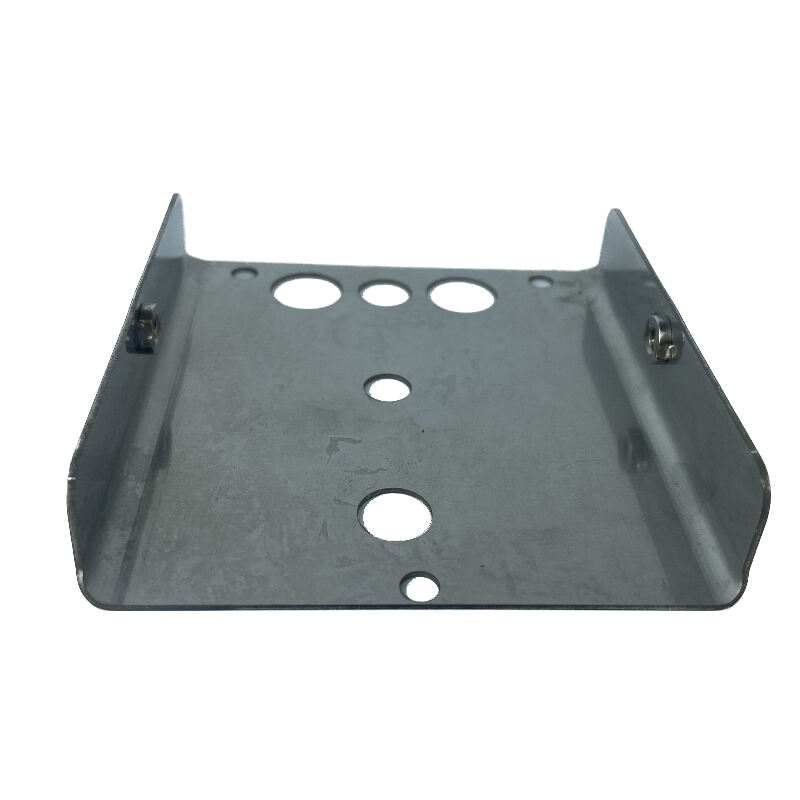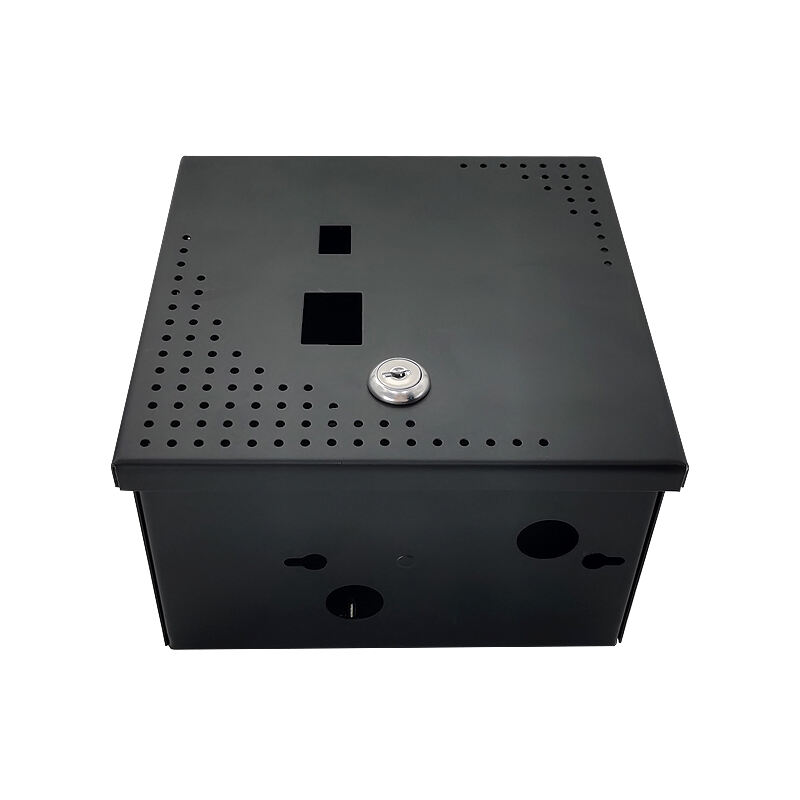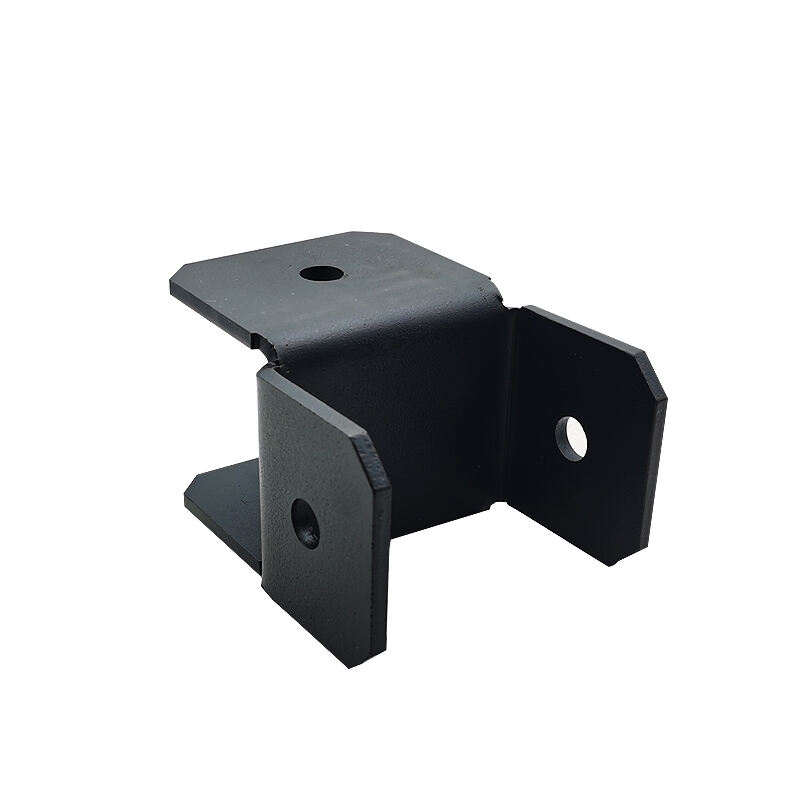custom metal bending
Custom metal bending represents a sophisticated manufacturing process that transforms flat metal sheets or plates into specific shapes through controlled deformation. This versatile technique combines precision engineering with advanced machinery to create custom-designed components for various industries. Modern metal bending utilizes computer-controlled press brakes and sophisticated tooling systems to achieve precise angles and curves, ensuring exceptional accuracy in the final product. The process accommodates various materials, including stainless steel, aluminum, copper, and brass, with thicknesses ranging from thin sheets to heavy gauge metals. The technology incorporates advanced CNC systems that enable complex bending sequences, multiple-axis manipulation, and automated production cycles. These systems can execute intricate bends while maintaining tight tolerances and ensuring consistency across large production runs. Applications span across numerous sectors, from architectural elements and automotive components to industrial equipment and consumer products. The process allows for both small-batch custom projects and high-volume production runs, making it invaluable for manufacturers seeking flexibility in their metal fabrication needs.


